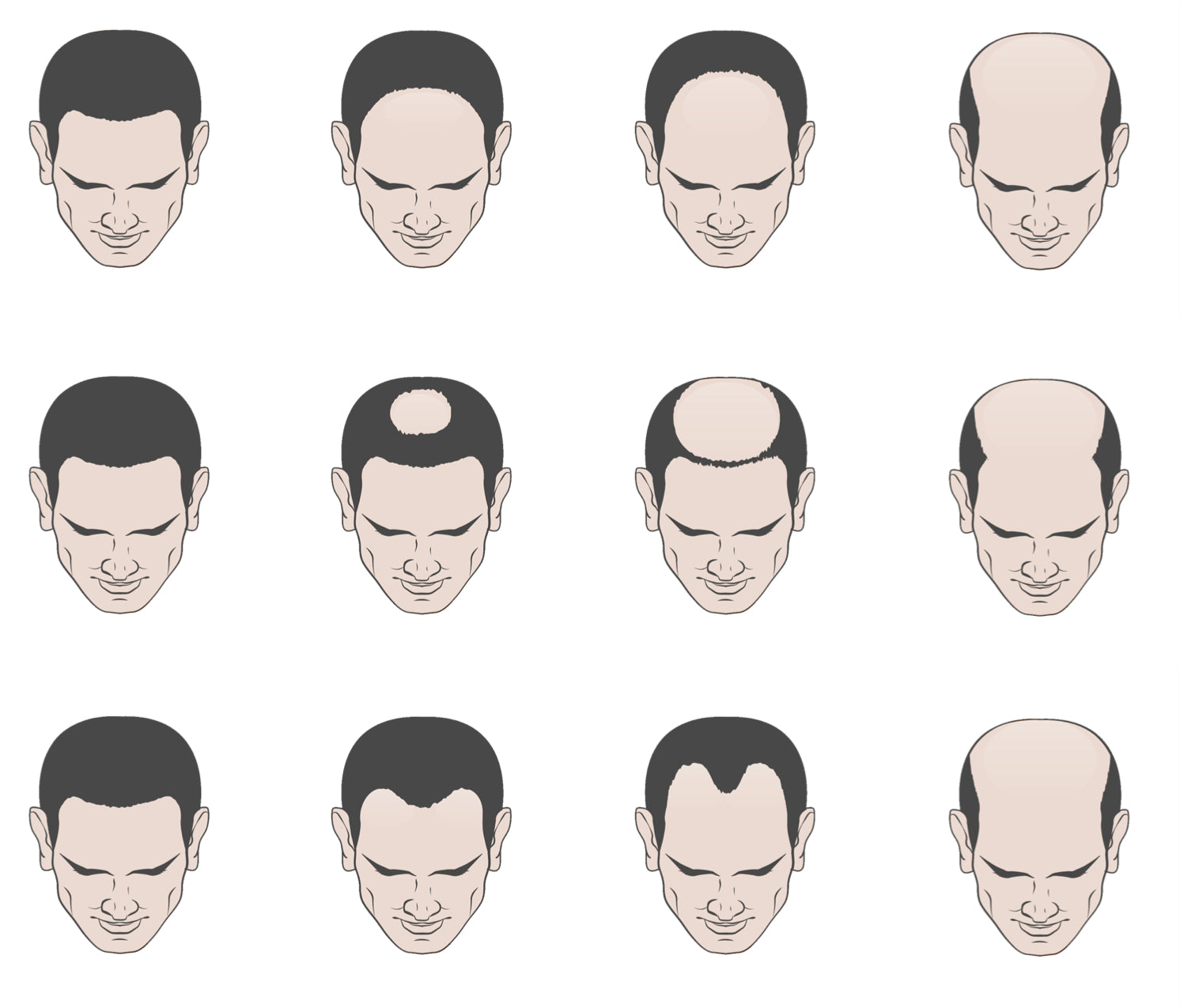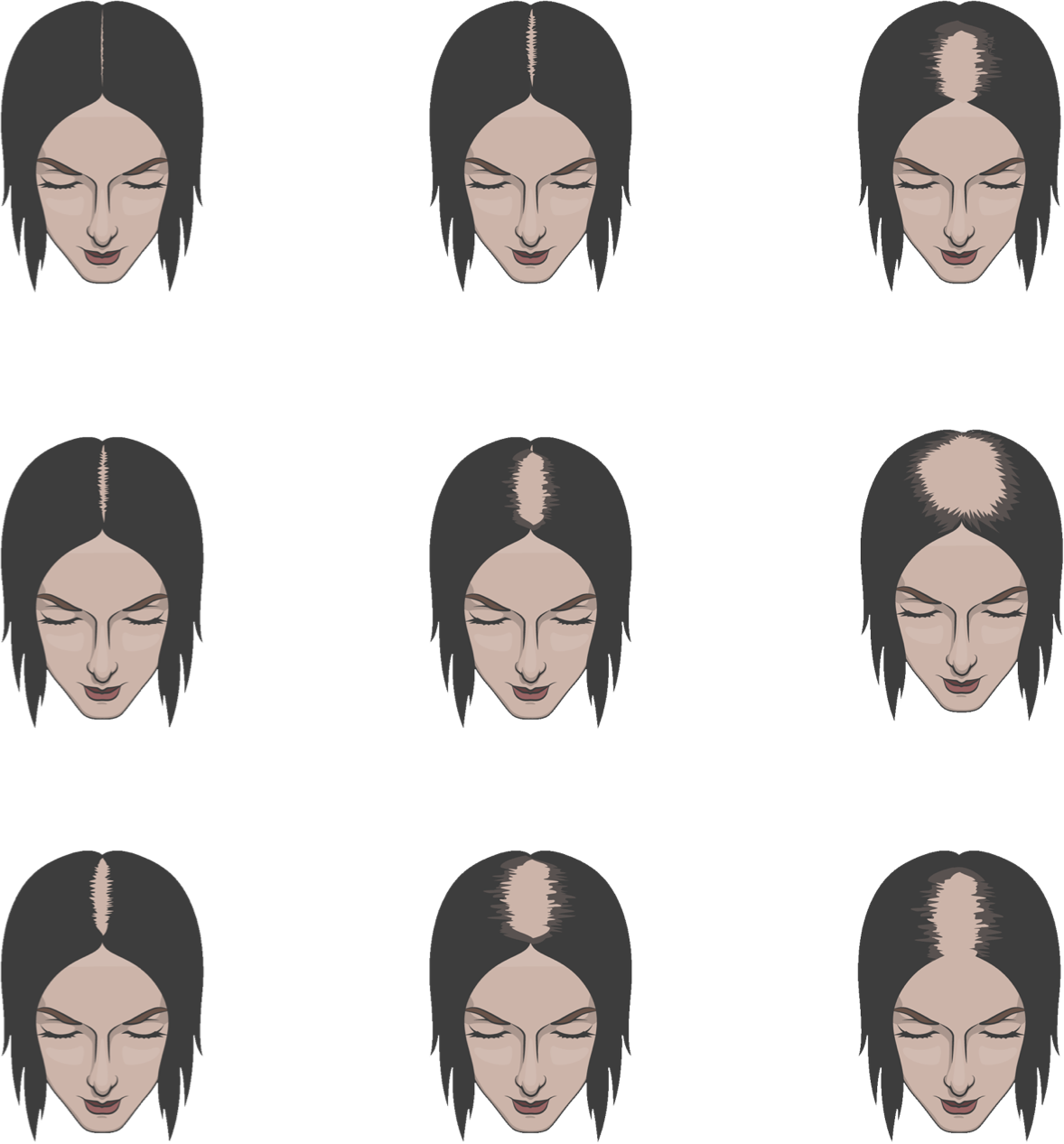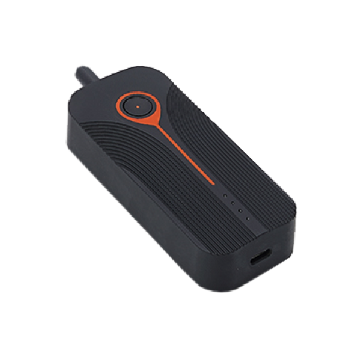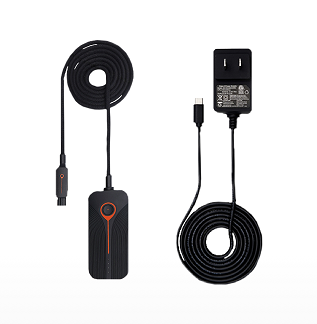Understanding Hair Loss
Hair loss is a common concern that can affect self-esteem and confidence, but understanding its origins and variations is the first step toward finding effective solutions.


Hair Loss In Men
By the age of 35, about 66% of men will experience some level of hair loss, and by age 50, approximately 85% of men will have significantly thinning hair.
Hair loss in men is a common concern that affects a significant portion of the male population. It typically begins with a receding hairline and thinning at the crown, eventually progressing to more pronounced balding. Various factors can accelerate this process, including genetics, hormonal changes, diet, and lifestyle choices.
Understanding the causes and signs of hair loss is crucial for taking proactive measures to prevent further thinning and promote hair growth.

Hair Loss In Women
About 40% of women experience noticeable hair loss by the age of 40.
Hair loss in women is a complex and emotionally challenging condition that affects a significant portion of the female population. Hair loss is a common concern for women, and it can occur at any age.
Understanding the causes, signs, and available solutions is essential to help women proactively manage and address this concern.

TYPES OF HAIR LOSS IN WOMEN
Female Pattern Hair
Loss (FPHL)
Typically results in a gradual thinning of hair, primarily at the crown and the front of the scalp.
Alopecia Areata
An autoimmune condition where the immune system system attacks hair follicles, leading to patchy hair loss.
Traction Alopecia
Caused by the excessive tension on the hair, often due to tight hairstyles like brands, ponytails, or extensions.
Traction Alopecia
Telogen Effluvium Occurs due to a significant shock or stress to the body.
Key Features of Auxo for Hair Growth and Prevention
-
The most advanced technology on the market
With decades of experience in the hair loss industry, we’ve produced the first ever SMT (surface mount technology) hair loss therapy device, the strongest, most advanced lasers to treat hair loss currently available on the market.
-
FDA-Cleared
Auxo is an FDA-cleared device for safety and effectiveness in promoting hair growth and preventing further hair loss.
-
Targeted Approach
Auxo’s innovative technology is designed to specifically address female hair loss patterns and stimulate hair follicles, promoting regrowth and preventing further thinning.
-
Proven Results
Auxo has been shown to be effective in promoting hair growth and reducing hair loss in women through clinical studies and positive user testimonials, including physicians.
-
Convenience and Comfort
Unlike uncomfortable hard dome and crown devices, Auxo is designed for convenience and ease of use. Our comfort cap is soft and flexible, and is only worn for minutes a day.





